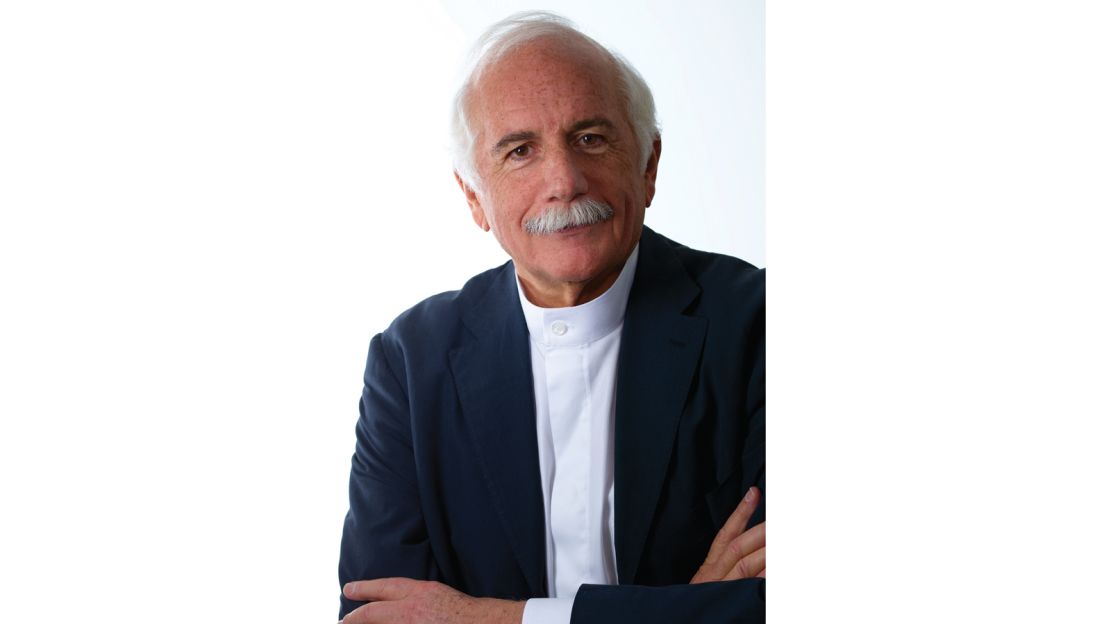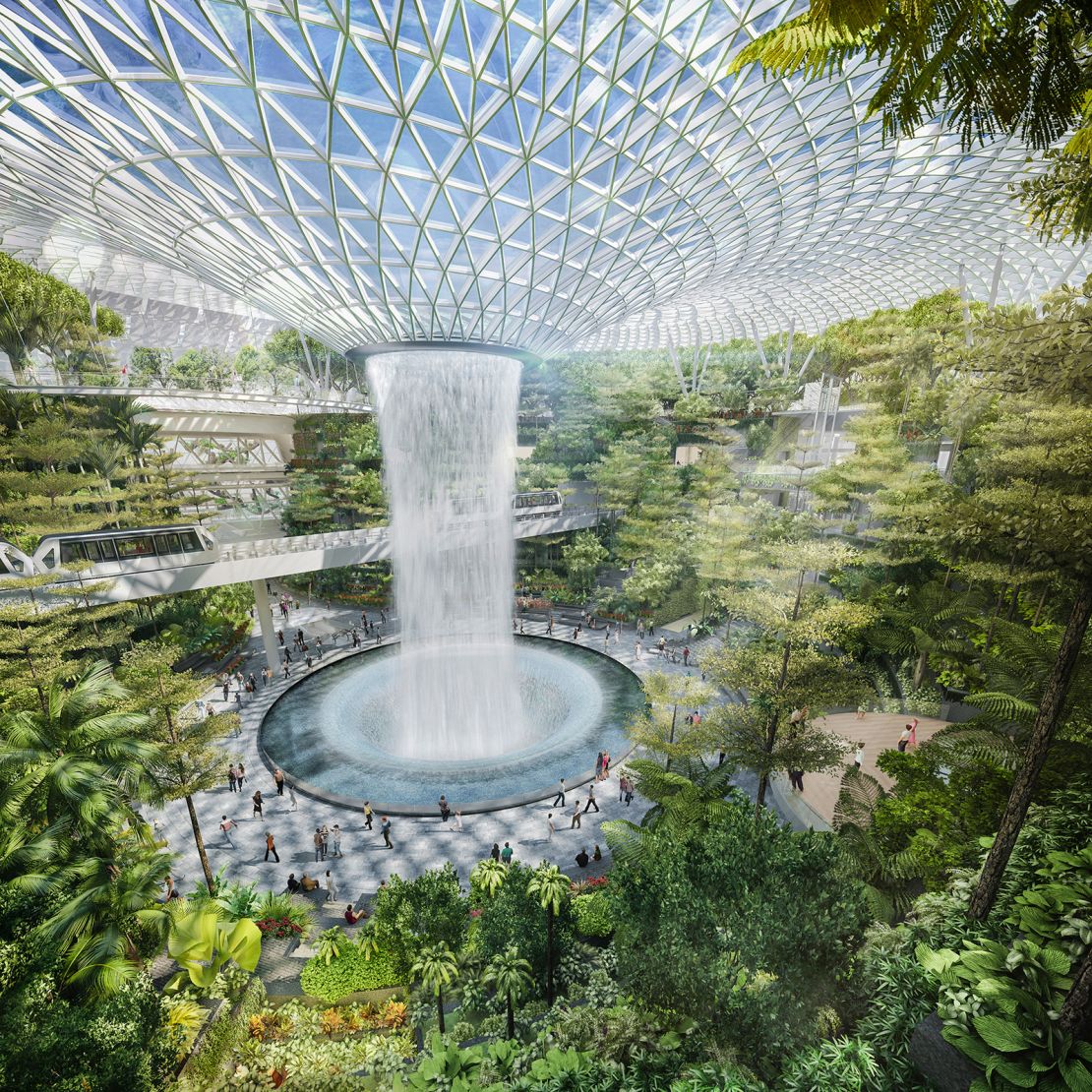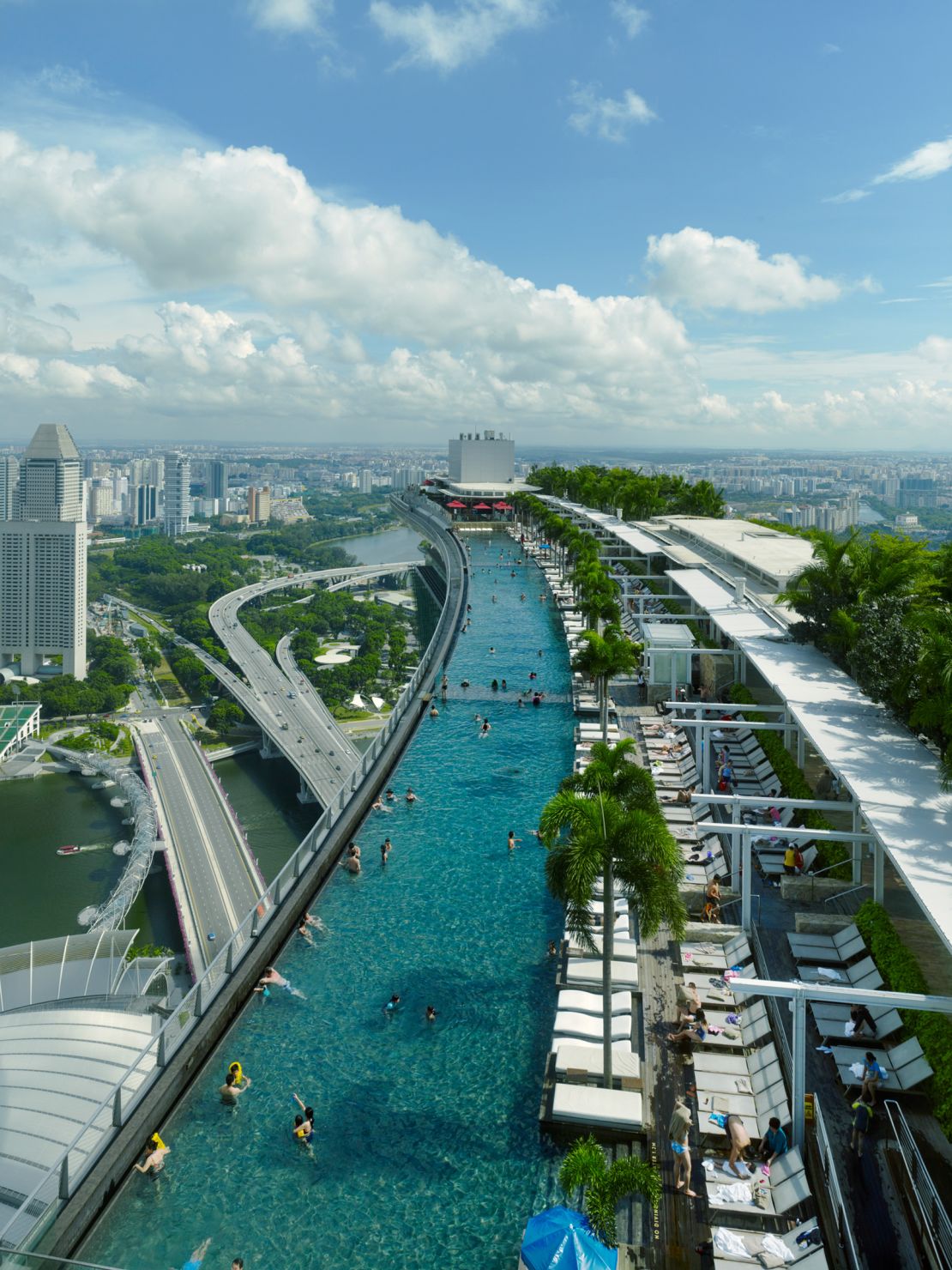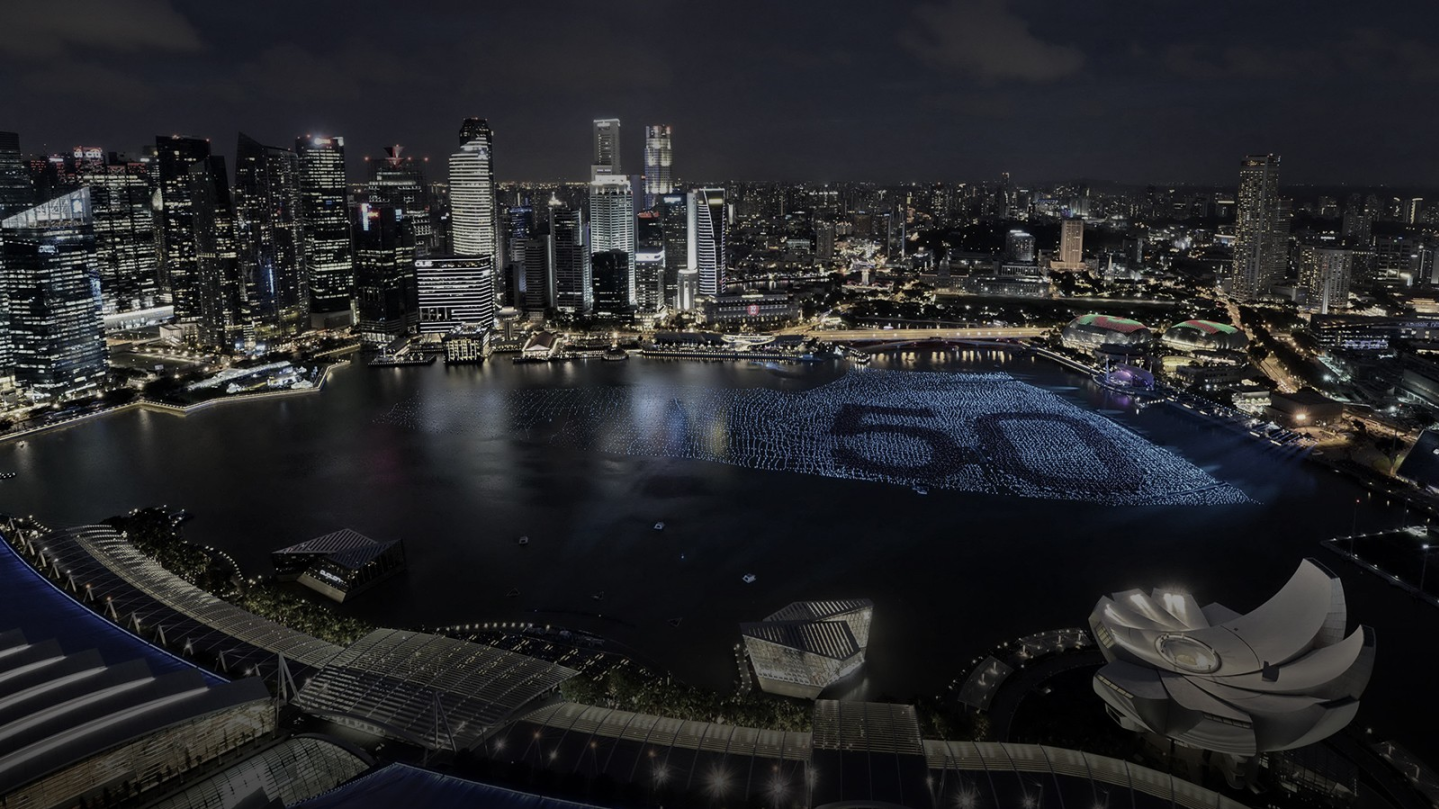Editor’s Note: CNN Travel’s series often carries sponsorship originating from the countries and regions we profile. However, CNN retains full editorial control over all of its reports. Read the policy.
Israeli born, Canadian educated and now based in the United States, Moshe Safdie is the quintessential global citizen.
He’s also the architect behind Singapore’s most recognizable building project, the Marina Bay Sands, a 38-hectare multi-purpose resort complete with three 55-story hotel towers, casino, convention center, museum and shops.
Over a distinguished career, the internationally acclaimed 76-year-old has designed buildings around the world, from libraries to museums to apartment complexes.
With two more major developments in progress in Singapore, including Jewel Changi, the new complex at Changi Airport, also hailed as a groundbreaking “lifestyle destination,” Safdie pays monthly visits to the city.
CNN asked the architect extraordinaire about his vision for Singapore and what his iconic buildings are supposed to remind us of.

CNN: What’s the Marina Bay Sands (MBS) hotel building supposed to represent?
Safdie: I don’t design in a way that tries to say this is a kettle or this is that or this is that. I try to work from first principles.
One of the principles was the hotel building should not form a wall separating the city from the ocean.
So I made it into three towers, which created big windows to the view in between.
The next step was be true to the concept of an integrated resort – lots of open space, gardens, swimming pools – but we had no space left on the ground.
That led to the idea of creating a “skypark” spanning the whole thing on the top and the feng shui master said it shouldn’t be symmetrical because that’s not a good feng shui.
So we made it very asymmetrical, by cantilevering one side dramatically.
People started saying it looks like a boat or a ship, which it does but I didn’t start off by thinking I want to make a ship on top of a building.
CNN: How much of an issue is feng shui when you’re involved in a project in a country like Singapore?
Safdie: When you build in a community in which many people believe in feng shui – I’m not particularly a believer myself – you can’t ignore it because people are sensitive to it.
Actually my own experience is that it’s a bit like acoustics, you get different opinions depending how many feng shui masters you consult.
But there are certain general rules and I have no problem working with them.
CNN: What kind of space did you have in mind for MBS when designing it?
Safdie: I recognized from the outset that this was the place where Singaporeans meet the world and the world meets Singapore.
MBS to me is the place of mingling of the world with Singapore and that’s the excitement and strength of it.
There’s kind of a mixing bowl that changes character from time to time and I designed it for all of the people using it.
CNN: How about the ArtScience Museum?
Safdie: The Government of Singapore required there should be a cultural institution, on that very spot.
In other words, the developer would contribute to the cultural life of the city by building a cultural institution there.
Since Singapore is well endowed in the sense it has a concert hall, it’s got a theater, it’s got an aquarium, I thought of something unique that does not exist in Singapore or not much in the world.
And I thought of a museum that combines the arts and the sciences.
And I thought that the design should be something that floats above the ground and that you sort of see right through under it.
I’ve heard people call it the bunch of bananas.
More flattering would be the lotus and other association that goes with it is “the hand of welcome.”
Essentially I wanted to do something very festive and rich in the skyline because it’s almost like a gateway to the city and I was thinking of something flower like although not literally the lotus.
CNN: What do we need to know about your other important project for Singapore – Jewel at Changi Airport?

Safdie: I think it’s going to redefine what airports are all about.
Many airports – because they’ve been pushing retail, create very confusing spaces where shops and advertising conflict with the signage to the point where you have a hard time finding your gate.
So, Jewel is an opportunity to provide retail, to expand the airport’s facilities, but to create an attraction that will appeal both to passengers who may have several hours at the airport in transit and to the people of Singapore.
Our mandate from the outset was it should be for both the people of Singapore and the passengers and the tens of thousands who work at the airport.
CNN: Why does the garden element take center stage?
Safdie: I thought that a paradise garden, a garden like you’ve seen nowhere, not even in Singapore that has lots of gardens, would be a wonderful experience.
When people travel, they’re locked up on plane for hours and they enjoy the flora – not just of Singapore, but of an extraordinary garden.
It’s larger than the two domes of the Gardens by the Bay together just to give you a sense of the scale.
And at the same time it’s integrated very beautifully with the retail, so that the cafes and restaurants can jut out into the landscape area, with views back and forth and so on.
CNN: How often do you visit Singapore
Safdie: Pretty well monthly.
I’m between the Jewel right now and also other work I’m doing – including a project on Orchard Boulevard.
Frankly when I get there, usually two or three days each time, it’s pretty well morning to night work.
So not too much time left for socializing.
It’s pretty intense.

CNN: Where do you eat?
Safdie: I’m often taken out for dinner and Singapore has a wide range of pretty fancy places with excellent foods.
One I’m very fond of in Marina Bay is Tetsuya’s Waku Ghin.
But my favorite general eating in Singapore, from the first days I went there, is the hawkers.
At street restaurants in some of the neighborhoods you get the most amazing food of all.
You go down the coast and get some seafood.
I love the chilli crab.
I like curry fish head.
I love good dumplings.
There are fantastic, simple street places in Singapore with the best food.















